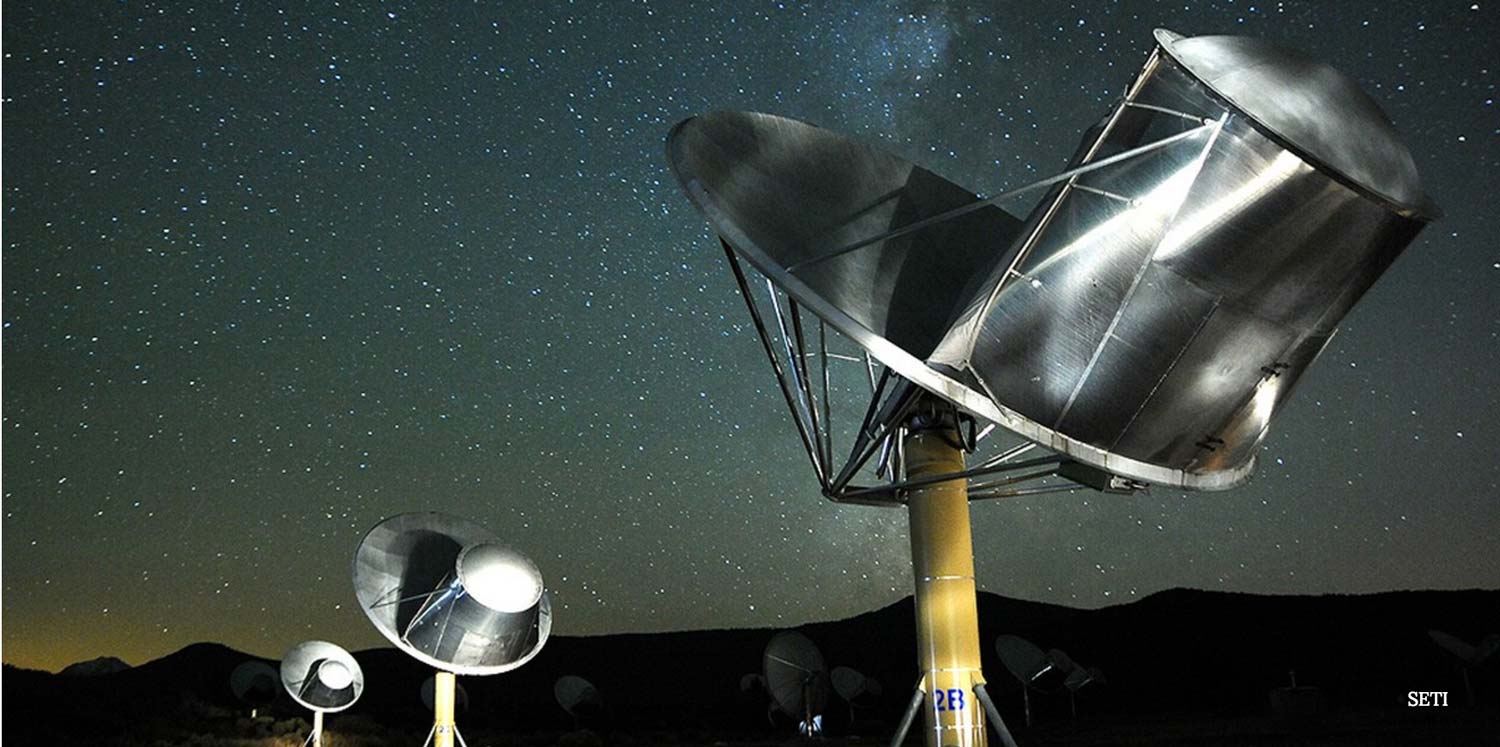How Would We Talk to Aliens?

The search for extraterrestrials has gone on long before the SETI Institute was founded in 1984. Sixty years prior, on August 21st, 1924, American officials promoted a national day of radio silence, urging citizens to keep their radios quiet for five minutes on the hour, every hour, so astronomers could use a powerful radio receiver strapped to a dirigible floating two miles up to listen for any potential radio signals coming from Mars. Though the Red Planet was closer to Earth than any other time in the past century, the astronomers heard nothing.
Such silence has been the depressing norm for alien hunters, but hope still abounds. The galaxy is a large place, and on a cosmic scale, we've hardly spent any time looking for extraterrestrials.
So, say our efforts one day come to fruition, and we make contact with an intelligent alien race. How the heck would we actually converse with them?
First off, unless we somehow meet in person, talking will likely be a very sluggish process. Even if our neighboring star system Proxima Centauri housed an intelligent alien species, messages would take more than four years to travel between our two homes. Patience would be key.
Most thinkers, including famed astrophysicist Carl Sagan, agree that mathematics could serve as the foundation for our discussions. With that in mind, British scientist Lancelot Thomas Hogben rafted a language system called Astraglossa. Communicated over radio signals, short pulses called "dashes" would represent numbers, and longer batteries of pulses called "flashes" would represent mathematical symbols like addition or subtraction. Once the basics of arithmetic are established between our species, Hogben imagined moving the discussion on to astronomy, a hobby we would obviously both have in common. After all, two aliens species talking about space would probably be like two Earthlings talking about the weather.
Of course, there's no guarantee that our species would understand each other. While Astraglossa may make sense to Hogben and other human scientists, it could very well be gibberish to aliens.
"We could be utterly, completely incomprehensible," xenolinguist Sheri Wells-Jensen told SETI Institute Senior Astronomer Seth Shostak on his podcast. "There's about 7,000 languages in existence on the planet today. Only about 50% of those have writing systems. So we can't guarantee that [aliens] have writing."
Breaking space news, the latest updates on rocket launches, skywatching events and more!
Rather than pinning our hopes on language, Wells-Jensen recommends an "all of the above" approach in which we converse less and share more.
"You send out written stuff... and you send out recordings and visuals... maybe including brain recordings of people speaking."
If that's not enough, back in March 2015, Shostak suggested that we transmit the entire Internet.
"Such a large corpus — with its text, pictures, videos and sounds — would allow clever extraterrestrials to decipher much about our society, and even formulate questions that could be answered with the material in hand. Sending the web on its way would take months if a radio transmitter were used. A powerful laser, conveying bits much like an optical fiber, could launch these data in a few days."
If such an approach works, it could facilitate meaningful dialogue. Even if it doesn't work, we could at least all chuckle at the notion of showing Ancient Aliens Guy to real extraterrestrials.
Join our Space Forums to keep talking space on the latest missions, night sky and more! And if you have a news tip, correction or comment, let us know at: community@space.com.
Steven Ross Pomeroy studied zoology and conservation biology, but has long had a passion for journalism and writing. His work as writer and editor appears at RealClearScience’s website, where he covers anything that sparks his curiosity and love of learning. More of his writing can be found at Big Think, Slate, Science Now, Gizmodo, and Scientific American.

